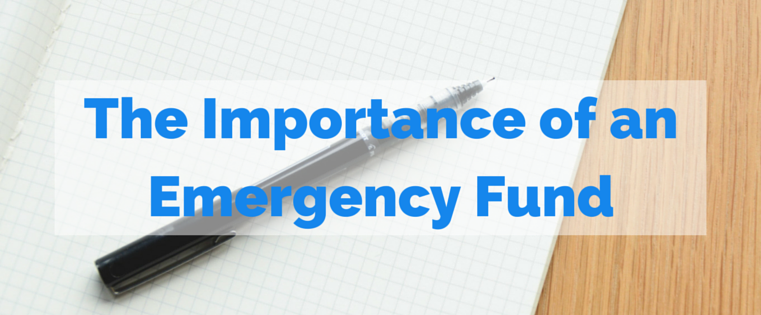Bad things happen to good people every day. Medical and family emergencies, car trouble, and job loss are not only emotionally taxing but also fiscally frightening. While no one wants to think about these types of troubles happening to them, it is crucial that people set aside some savings to protect themselves financially from the costs associated with these unexpected events.
There’s no magic dollar amount for everyone to aim for as they build their own emergency fund, since everyone’s monthly needs are different. However, the rule of thumb is to have 3 to 6 months worth of income saved up to cover living expenses in case disaster strikes or income is scarce. If you have a job with a low or irregular workload, are the sole provider for your family or have special/costly needs, you may want to build an even larger emergency fund.
More Americans are saving, but it’s still not enough
In 2006, 61% of Americans reported that they did not have enough set aside to cover their living expenses for the recommended 3 to 6 months. According to CNN Money, this figure has dropped to 49% this year, showing that more Americans are realizing the importance of creating an emergency fund. But there’s still work to do. 28% of Americans today don’t have any emergency funds set aside, which means they are living without a parachute.
Operating without an emergency fund exponentially increases the odds that a person will face debt. It leaves you to pay for crises with your own money by racking up credit card debt, drawing from retirement savings, hoping for great insurance coverage, selling off investments or turning to family or friends for assistance.
Instead of turning to the iffy income sources listed above, protect your interests by building a solid emergency fund through methodical financial planning.
“How am I supposed to find money to save each month? I barely make ends meet now.”
To get started, consider the following ideas for saving cash that will add up over the months, creating a larger and larger barrier between you and financial calamity:
- Shop around for better auto and home insurance rates
- Ask for a rate reduction on your credit cards
- Use a programmable thermostat in your home to cut energy costs
- Use public transportation or walk/cycle when possible
- Get rid of unnecessary monthly bills like unused premium TV channels
- Reduce spending for nonessential items
- Use mobile cloud-based accounting apps to monitor your finances in real time
Having an emergency fund is an indicator of fiscal responsibility. Some blows to your personal finances can only be softened instead of fully dodged.
Small business owners and personal financiers alike need to treat feeding their emergency fund like doing a monthly favor to their future selves. Present-self must be able to sacrifice unnecessary and expensive desires to ensure long-term financial safety.
To really get a grip on your finances, you must make a budget. For additional help on budgeting, establishing an emergency fund, and reducing monthly expenses, consult MSM’s new Budgeting eBook:







